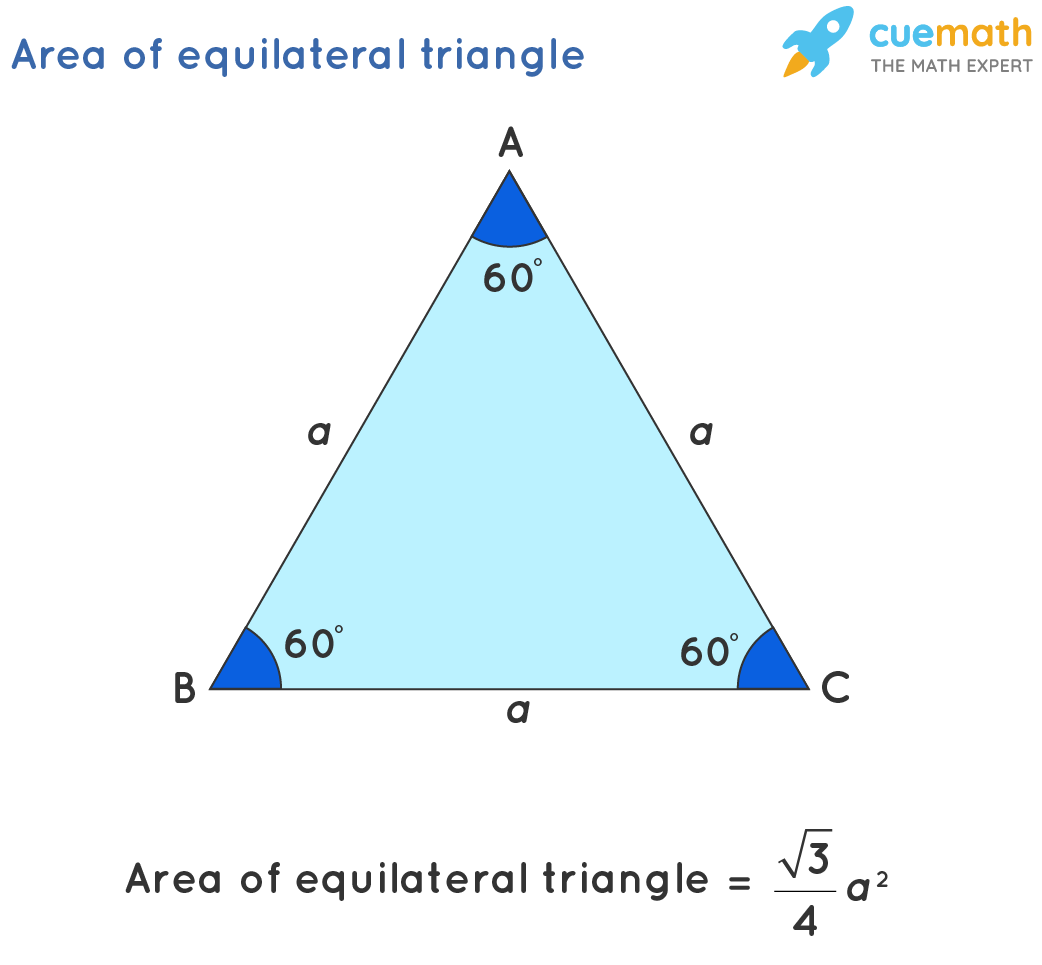

To remember which is which, observe that both symbols have one pointed side where there is just one end, and one split side with 2 ends. Symbol ">" means "greater than" symbol " 2. Other mathematical objects, complex numbers for one, cannot be compared if the operation of comparison is expected to possess certain properties. Some mathematical objects can be compared, e.g, of two different integers one is greater, the other smaller. The midpoint M = (A + B) /2 = (0, 4) lies on the y-axis. In geometry, as another example, one may introduce point A = (2, 3) and another point B = (-2, 5). After it is given, we may talk of the powers of function f, its derivative f', or of its iterates f(f(x)), f(f(f(x))). This is neither a statement, nor a request to solve an equation.

In algebra, one may define a function f(x) = x² + 2x³. For example, in Einstein's law, E = mc², E and m are variables, while c is constant. This usage is similar to the statement of physical laws. It simply says that the two expressions, (x + y)² on the left, and x² + 2xy + y² on the right are equal regardless of specific values of x and y. For example, (x + y)² = x² + 2xy + y² is a statement that is not supposed to be solved. The reason for the later usage I think is that in algebra a constant expression may contain variable-like symbols to denote generic numbers. Nowadays, they use the term "equation" in both cases, the former is being said to be a constant equation. If they include variables, A = B is called an equation. I was taught that the statement A = B in which A and B is constant, fixed expressions, is called an equality or identity. In this particular case, there is only one value of x which does the job, namely x = 3. The request to solve x + 1 = 4 means to find the value (or values) of x, which x + 1 is equal to 4. For example, x + 1 = 4, depending of what x may stand for, may or may not be correct. If the expressions A and B are not constant, i.e., if they contain variables, then most often A = B means a request to find the values of the variables, for which A becomes equal to B. While 1 + 2 ≠ 4 is a correct statement, 1 + 1 ≠ 2 is not. But the meaning is just the opposite from "=".

The same holds for the symbol "≠", not equal. While 1 + 1 = 2 is a correct statement, 1 + 2 = 4 is not. So, being equal, does not necessarily mean being the same.Īlso, the statement that involves the symbol "=" may or may not be correct. For example, 1 + 1 does not look like 2 but the definitions of the symbols 1, 2, +, and the rules of arithmetic tell us that 1 + 1 = 2. The symbol of equality "=" is used to make a statement that two differently looking expressions are in fact equal. The sign "=" of equality which is pronounced "equal to" has other, more fruitful uses. One can't go wrong with expressions like N = N because they do not say much. For example, for any number or expression N, N = N. If A and B are two constant expressions, we write A = B if they are equal, and A ≠ B, if they are not. Less than, Equal to, Greater Than Symbols


 0 kommentar(er)
0 kommentar(er)
